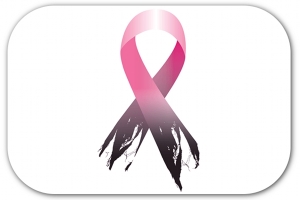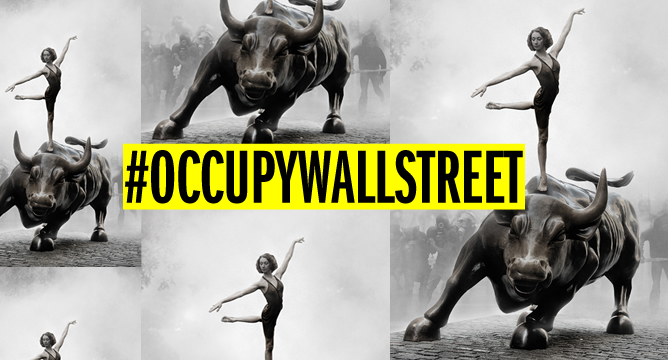As the end of the Public Relations and Marketing Management program draws near, I was recently asked about what aspect of Public Relations interested me the most. A simple enough question, right? So why have I spent the last few days perplexed about the answer?
I am sometimes a creature of habit. I have the same thing for breakfast every morning. Based on that behavior, you’d think I’d have a firm opinion of what I like best. But, that’s not always the case. As I have been pondering the question, poet William Cowper’s famous quote keeps popping in my head: “Variety’s the very spice of life, that gives it all its flavour.”
I love the fact that public relations has so much variety to it. We certainly witnessed this while examining countless case studies, awareness campaigns, PSA’s, and PR strategies. As a public relations professional you might be tasked with building awareness, maintaining reputation, changing perception, shifting opinion, inspiring change, or even managing a crisis about a company, brand, or issue. Each case will be different as you research the situation in order to get a better understanding of the issues to illuminate the needs and interests of your audience. Only after gaining that, can you start to develop the rest of the strategy of how you are going to achieve your goals.
During my courses, I have enjoyed the challenge of developing strategies in favor of issues or companies that were in opposition to my own personal opinion and values. I have been inspired by the many campaigns that either touched my heart, made me laugh, or forced me to think differently. We discussed and dissected events, issues, campaigns, and strategies to understand the mechanisms of good and bad PR.
Underlying it all, is the ability to communicate stories uniquely and effectively – in a way that engages either the heart, or the mind. This is the lesson I will carry forward professionally. Variety will keep it interesting and challenging, while the heart is in the storytelling.




